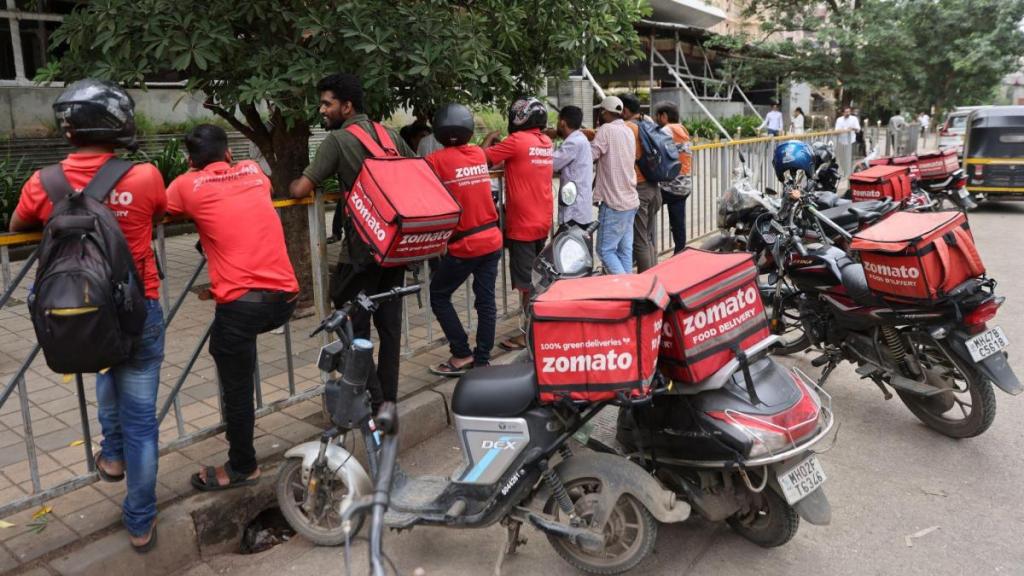It is more than clear to everyone that India’s primary economic need is to create jobs. The election results confirmed as much and the government has come through with a set of proposals — incentives for employers and employees, an apprenticeship programme, and the like. While these are good initial steps, their effectiveness is yet to be seen and I am sure that over time they will be tuned to start to deliver value.
However, there is another huge window which is gaping open and crying out for support — this is the gig economy. Separate studies by the Niti Aayog and BCG indicate that the medium-term potential of gig work in India is 70-90 million jobs, from today’s seven-eight million gig workers; importantly, gig workers today are mostly young, which is the specific cohort that the economy needs to reach. This could be a significant force for growth — BCG estimates it could increase growth by 1.25% in the long run — provided gig work generates reasonable income and, importantly, social benefits like paid leave, accident and health insurance, and pensions.
I was chatting with a Uber driver one day last week. He told me that he makes, after expenses, `1,000 to `1,500 a day. He works eight to 10 hours a day, which is quite reasonable in Mumbai and on days when he reaches `2,500 he quits early. He’d been driving Uber for five years and seemed quite happy with the job.
His earnings, which range between `4 and `5 lakh a year, compare quite well with the median income in Mumbai which is around `3.5 lakh a year, as also with an estimate of the cost of living for a single person (again about `3.5 lakh a year). If he lives with his parents — he seemed quite young — and there is at least one other earning member, they would be, relatively speaking, reasonably well off. Indeed, it could very well be him and his cohorts who have begun investing in the equity markets — mutual funds sahi hai — through systematic investment plans, which is providing the wind beneath the wings of Indian equities. More power to him and his breed.
Of course, there is no time off, and if he is feeling under the weather he simply has to forgo his earnings. For more serious illness, the government does provide cover and although it comes with all the attendant difficulties of government services, it could provide some stability to his life and welfare.
To make gig work more sustainable, the government should reframe the rules governing the platforms that profit — or are looking to profit — from the workers so that they are not as exploitative. Already, the European Union (EU) has drafted labour rules under which gig workers could be recognised as employees with rights to pensions, paid leave, and workplace accident insurance; Spain is the first EU country that has enshrined these rules in law with food delivery companies having to employ their couriers as staff after three months.
British Columbia has become the first province in Canada to provide a minimum wage — 20% higher than the regular minimum wage to address the time gaps between gigs — for gig workers; significantly, this wage is indexed to inflation. Singapore is unsurprisingly bracing for complex safety net rules.
The US, of course, remains resistant to reclassification, although some states and regions have struck out on their own. On the flip side, some experiments — notably, in Seattle — have resulted in a huge increase in the cost of take-out orders, creating chaos for customers, restaurants, and the very gig workers the rules were meant to help.
Remarkably, there has been an extremely creative initiative by the state government in Rajasthan, which has recently introduced a law designed to provide social security and welfare benefits to gig workers in the state. All gig workers and aggregators need to register under the Act, which envisages a social security fund (created by a cess of 1-2% on all platform-based transactions), which will be used to provide gig workers with benefits, including accident and health insurance, maternity benefits, gratuity, pension, etc.
The roll-out will need to be carefully titrated to, on the one hand, build in benefits like inflation-indexing and, on the other, to make sure it doesn’t lead to a Seattle-like situation of prices getting out of hand and demand collapsing. In terms of feasibility, I note that revenues at Swiggy, which has about 300,000 delivery partners, were approaching `10,000 crore last year; 2% of this works out to over `6,500 per gig worker, which is a respectable amount to fund certain benefits — my company pays `2,500 per person for a very good health insurance package. Government investment of a like amount could certainly create a complete and sustainable package.
The central government needs to pick up and extend initiatives like this, which focus on the needs of individual workers — the future of India, really — and ensure that the other side of the equation — capital — does its part.
The author is CEO, Mecklai Financial.
Disclaimer: Views expressed are personal and do not reflect the official position or policy of Financial Express Online. Reproducing this content without permission is prohibited.


